At Handshake, we love the craft of storytelling.
So when our friends at Hologic came to us with a question, “How can we tell a heartwarming story about our new HPV assay?” (in layman’s terms, assay is a medical test)—we jumped at the challenge to tell a personal story about a technical product.
We’re going to dive into how we told that story and explain a little bit about our process below, but before we get started, take a look at the final piece, entitled ‘What Matters Most,’ by clicking play below!
Pretty sweet, right? So how did we get there from a medical test?
First, to make the story relatable, we knew we had to make it about people. We started out by determining the real world benefits of the product to the people it serves—in this case, the Hologic test relieves unnecessary anxiety, costs, difficult conversations with doctors, etc. From that, we learned we needed to tell a story about someone experiencing the anxiety of an unknown test result.
To make the pain of anxiety tangible, we had to show the real-world tragedy of a person whose mind is preoccupied. We had to create a relationship in which one character desperately desired the presence of our main character. The target market for the Hologic test was a middle-aged female, so we chose a mother-daughter relationship as the narrative backdrop for the story. Including another character who is dependent on her mother for care and presence really sets up the stakes of the issue.
All of this culminated to create a narrative world in which our protagonist (Mother) has a goal (to be present for her daughter), but cannot because of the antagonist (anxiety).
You can see how this narrative builds shot by shot. First, we depict the object of the mother’s affection.
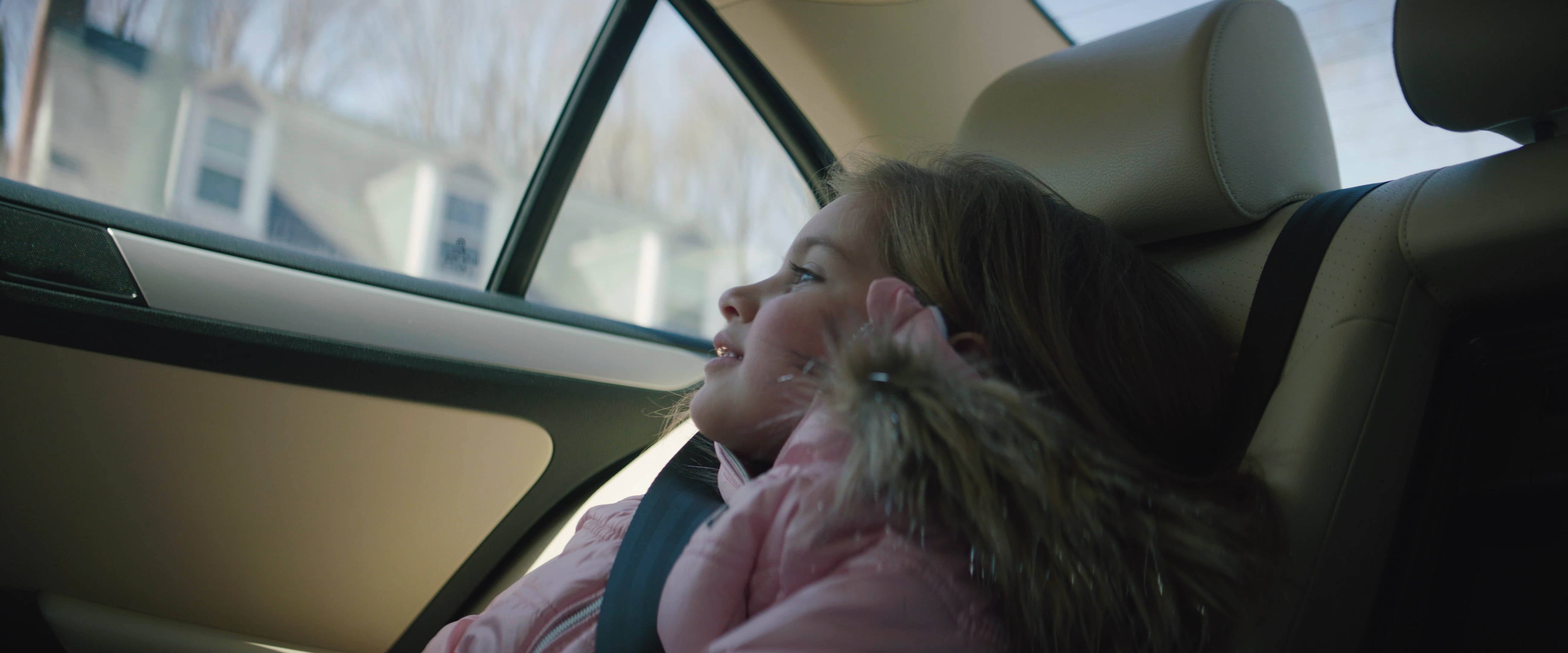
Then we introduce the mother who looks back lovingly at her daughter and her world.

With protagonist and goal established, we enter the villain, anxiety. This happens with a simple expression change.
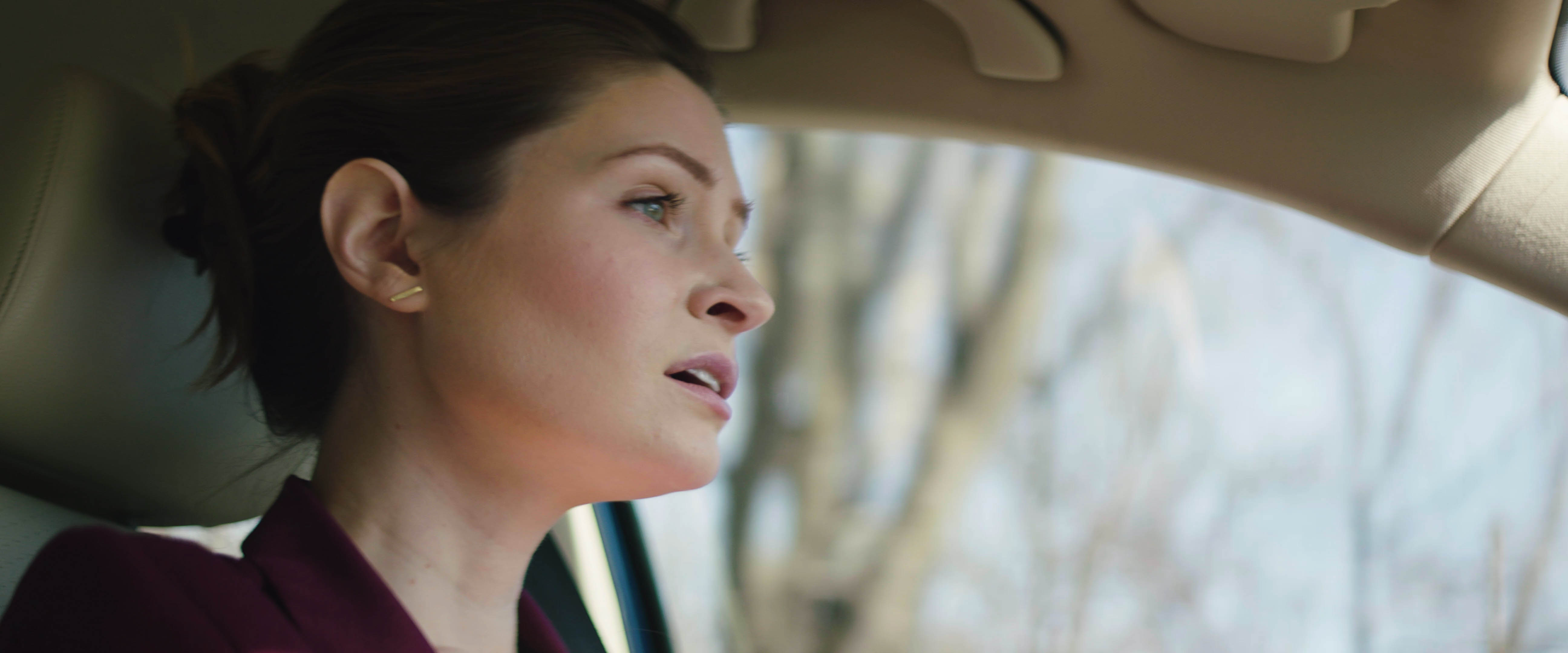
We then establish why her expression changed with a title. Through this, we learn the stakes of this anxiety. It’s not simply a distraction, this is a life-or-death situation, one that could leave her daughter without a mother.
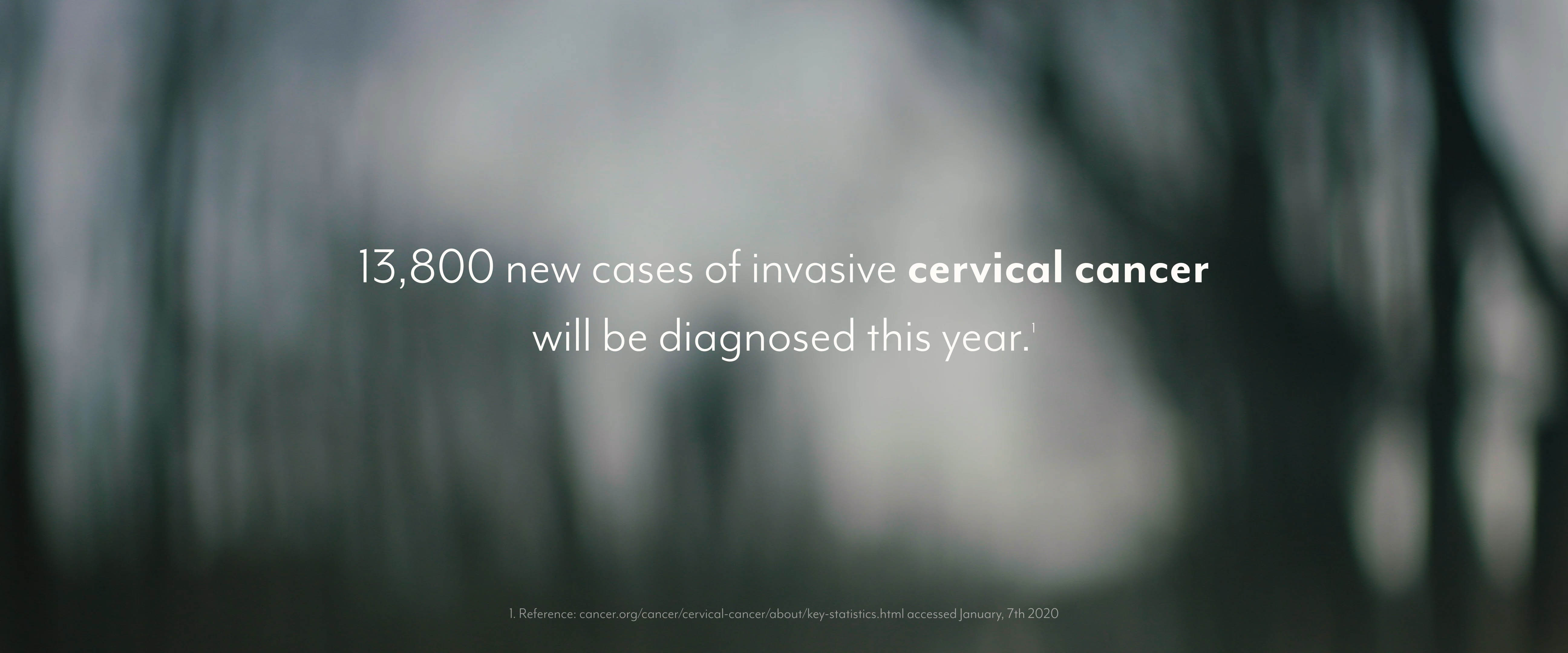
Sidenote: we didn’t include the father in the car because it would have (a) distracted from this narrative by introducing another variable into the story too soon, and (b) without him, the stakes feel even higher—if the mother is lost to cancer, who will care for her love, her child?
The mother’s anxiety returns throughout the piece, usually separating the mother from her child. For example, in the next scene, we reveal the mother’s recurring dread, as she watches her daughter happily prance into the other room, blissfully unaware of her mother’s growing worry. Rather than following her daughter, we directed this action to keep the mother in her room, physically distancing herself from her child.
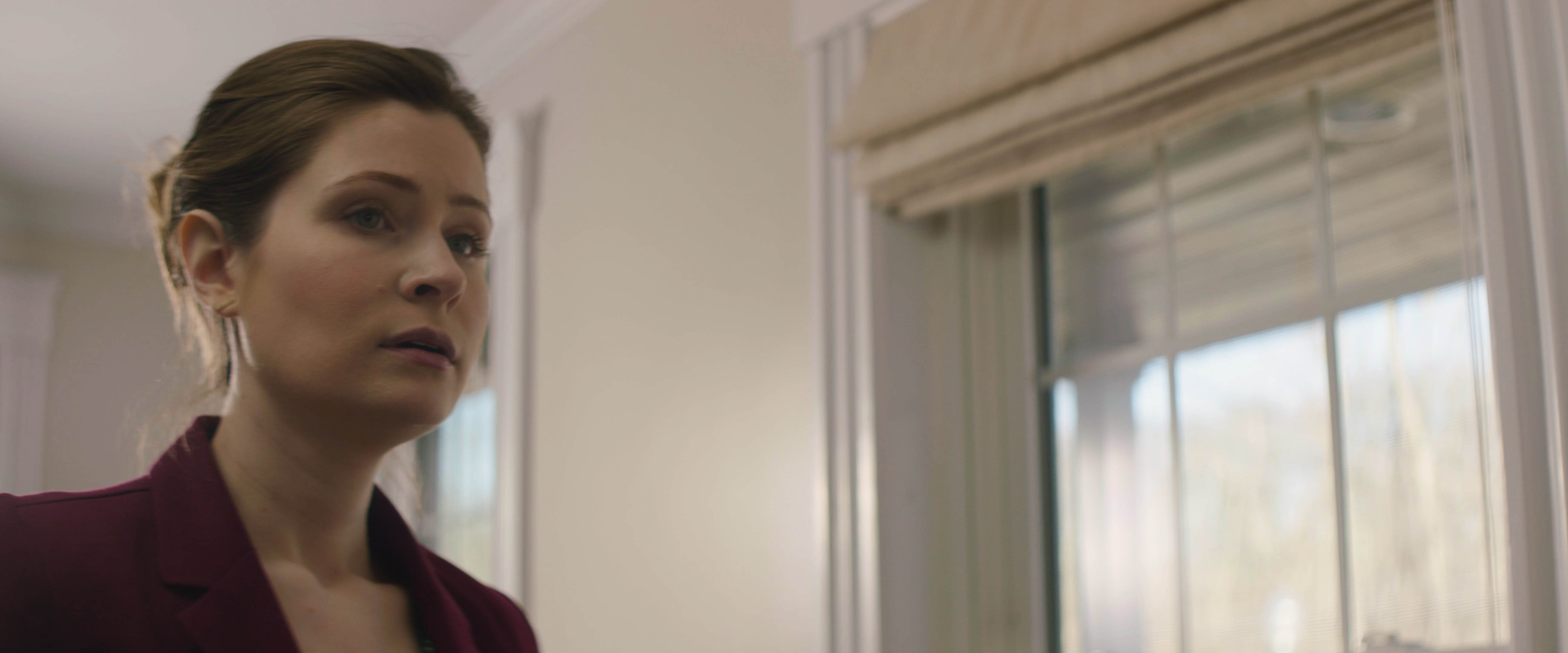
Next, text provided by the client explains the unnecessary testing that happens to women annually. We now realize that this woman’s pain may not be necessary. It also further clarifies that this isn’t the story of a woman who has cancer, but a woman who might have cancer. All this occurs on the backdrop of the daughter’s drawings taped to the refrigerator—a subtle, but powerful choice: if the mother were lost, who would display her daughter’s drawings? These pictures also serve as a nice transition to the ‘drawing’ scene.
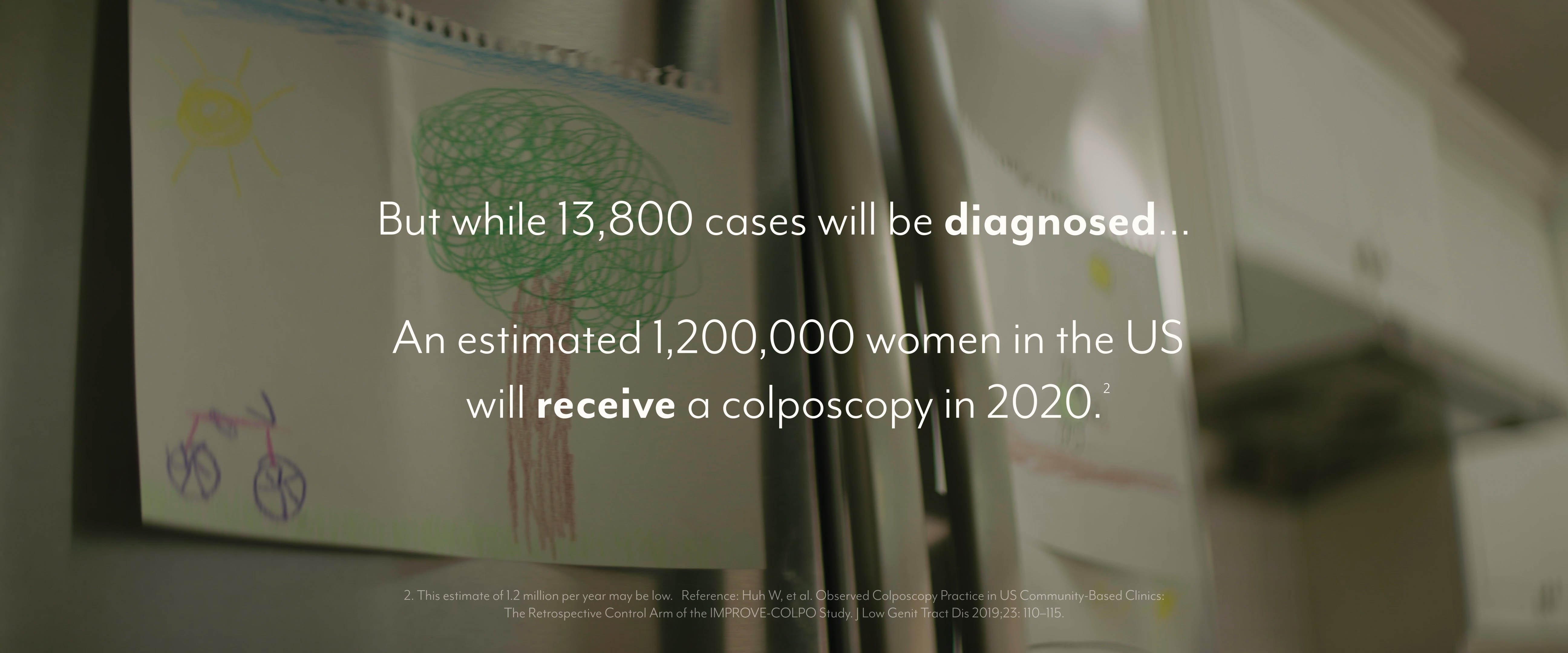
In this sequence of shots, we show the mother and the daughter enjoying each others company, when the mother is interrupted by a phone call. Taking the call, the mother leaves her daughter alone.
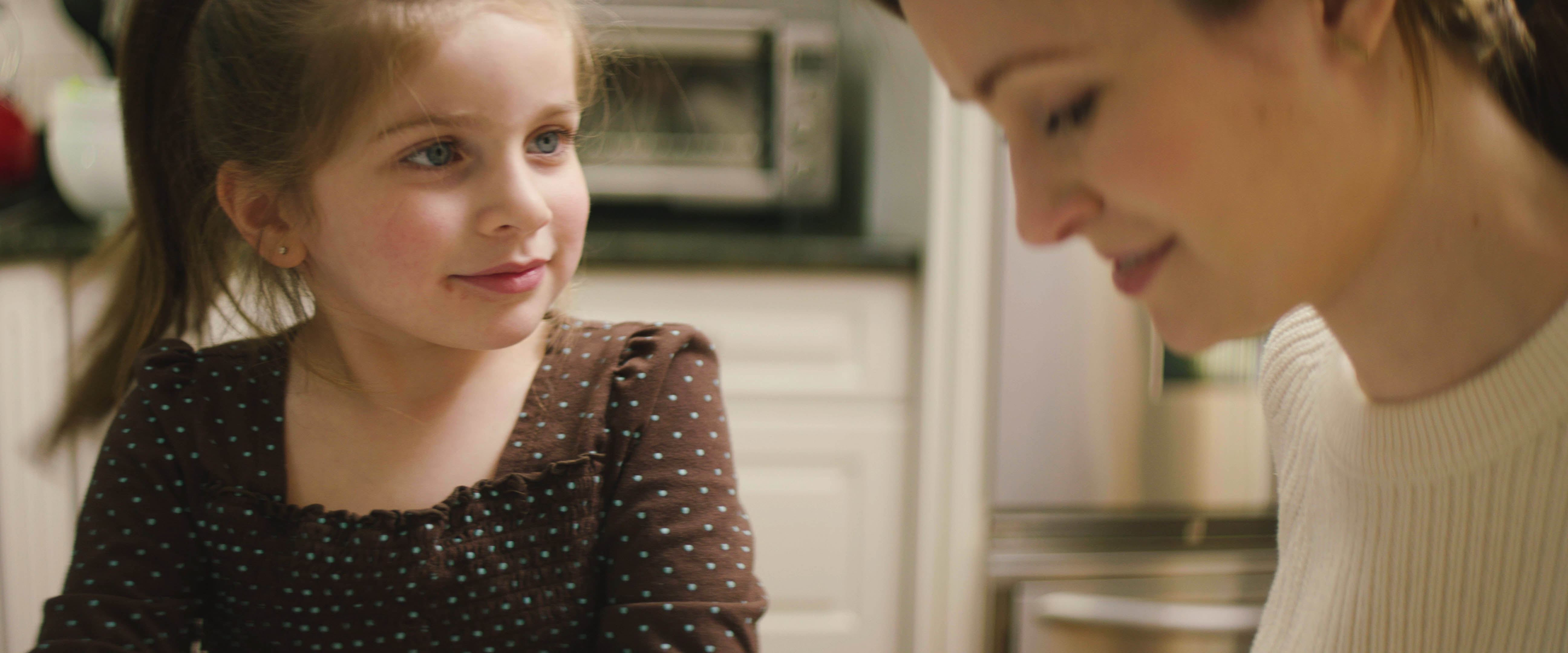

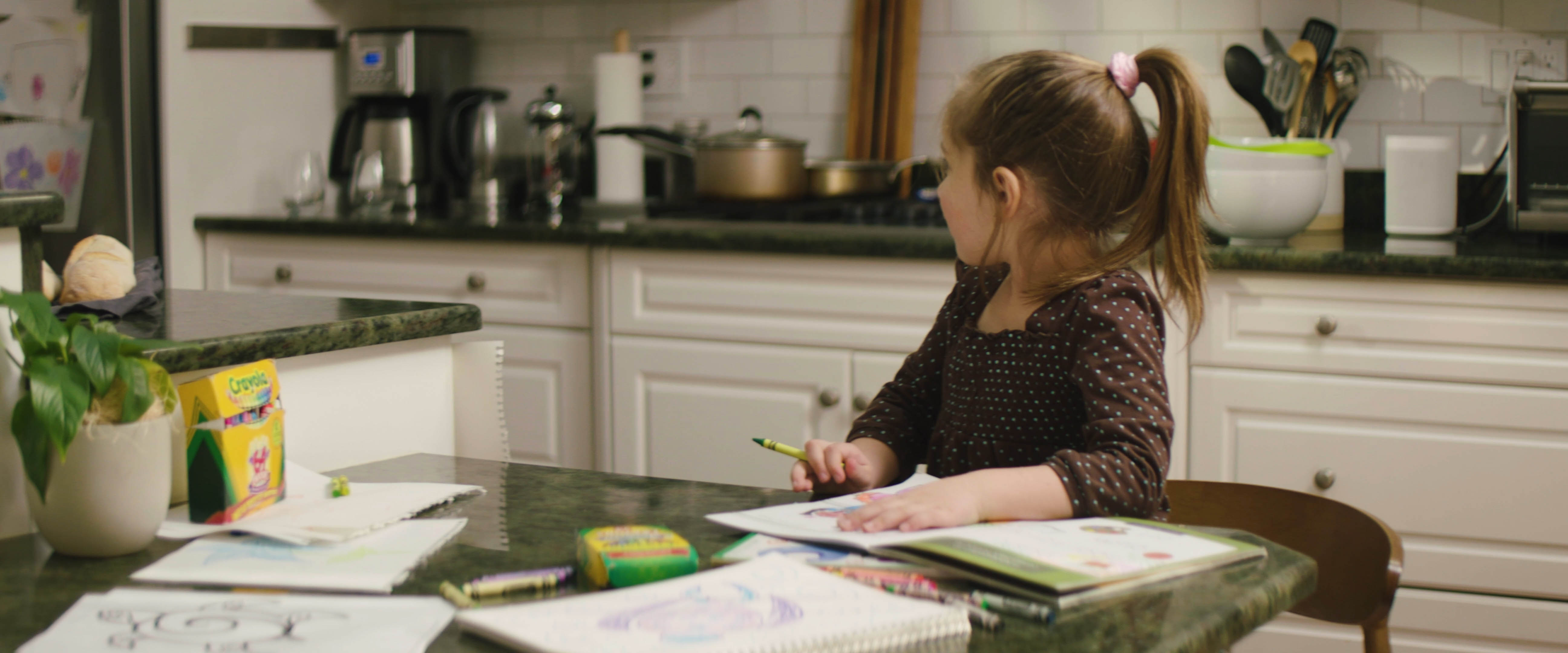
We then ask the question that introduces the value of the Aptima HPV Assay.

The mother paces, then receives the good news. She leaves the scene with a sigh of relief, revealing text with the product benefit statement.

We learn that all of this waiting and anxiety that we saw earlier can be shortened simply by using the new technology.
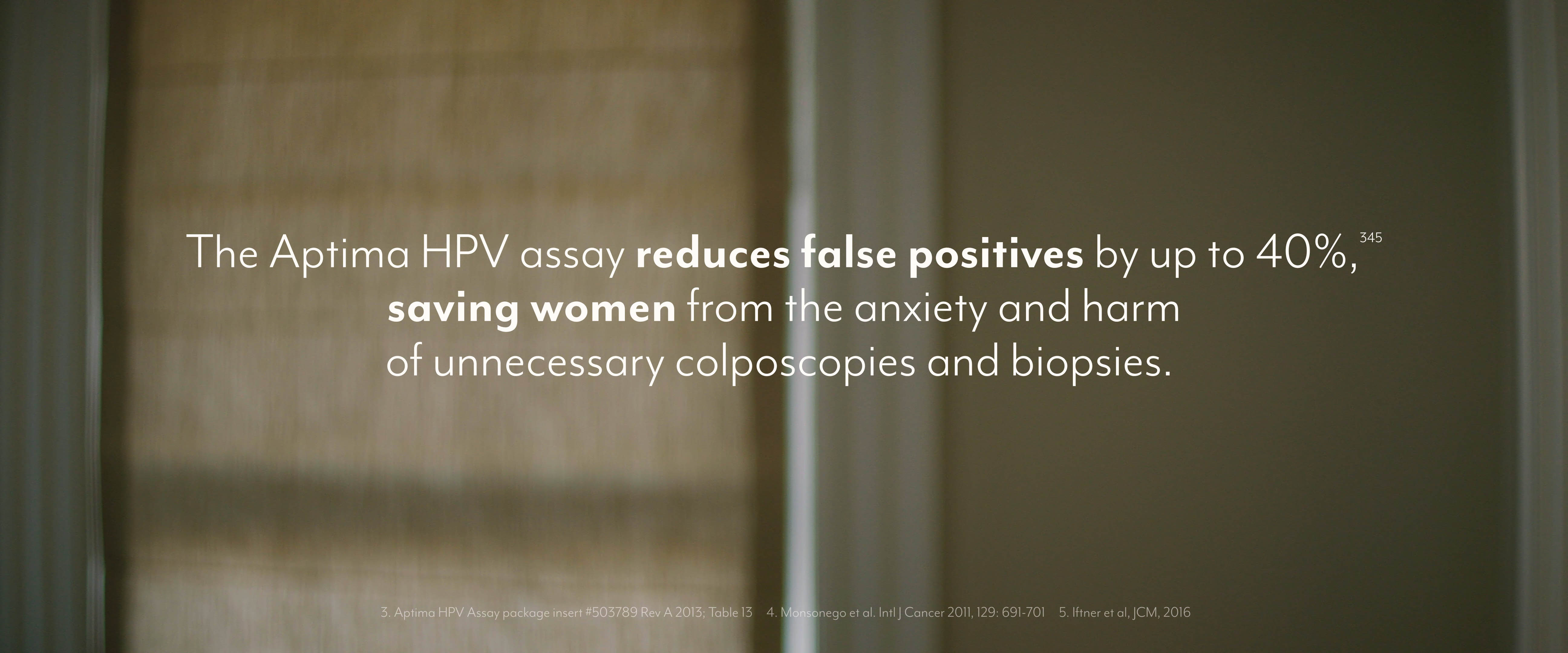
With the antagonist (anxiety) defeated with the help of our hero Aptima HPV technology, our protagonist is able to achieve her goal and, in the final shots, she is present with her family—and most importantly, with her daughter.

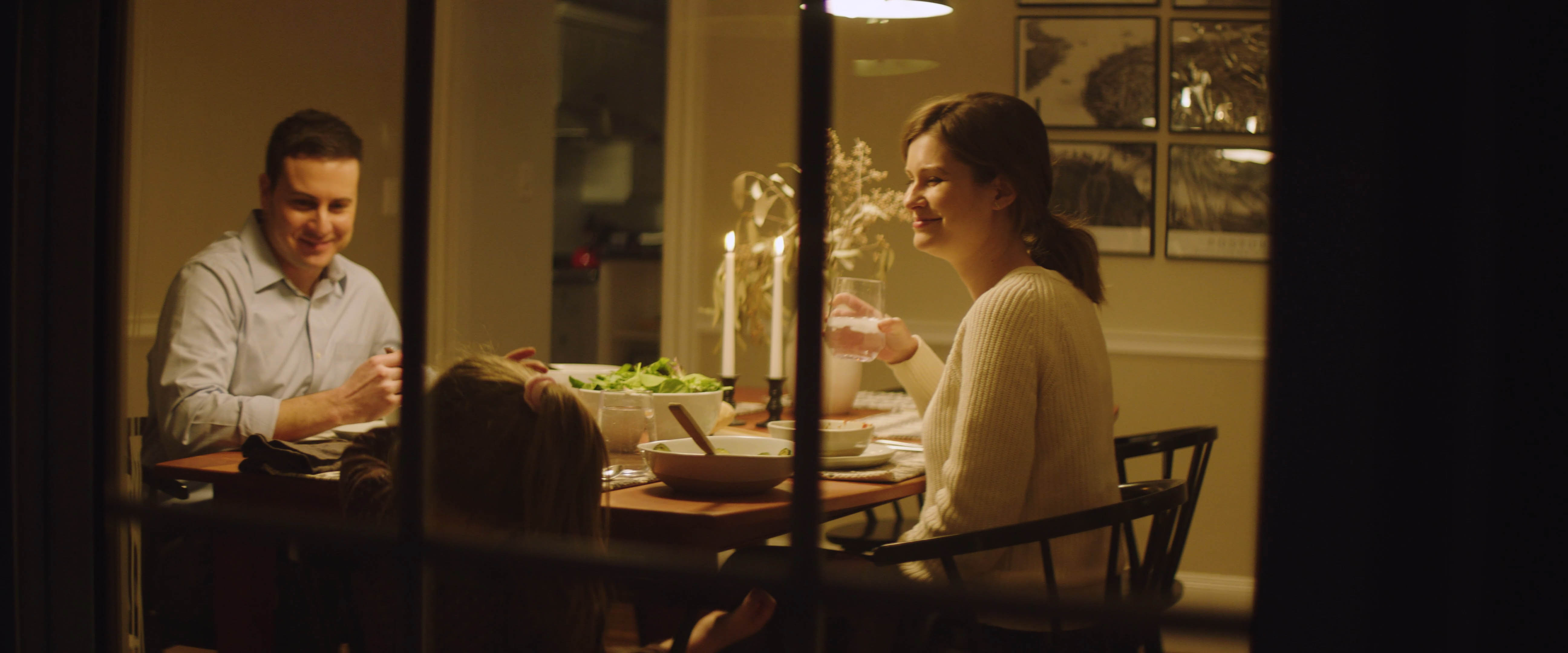
Final titles drive home the main point of the piece, and of the Aptima HPV offering from Hologic.
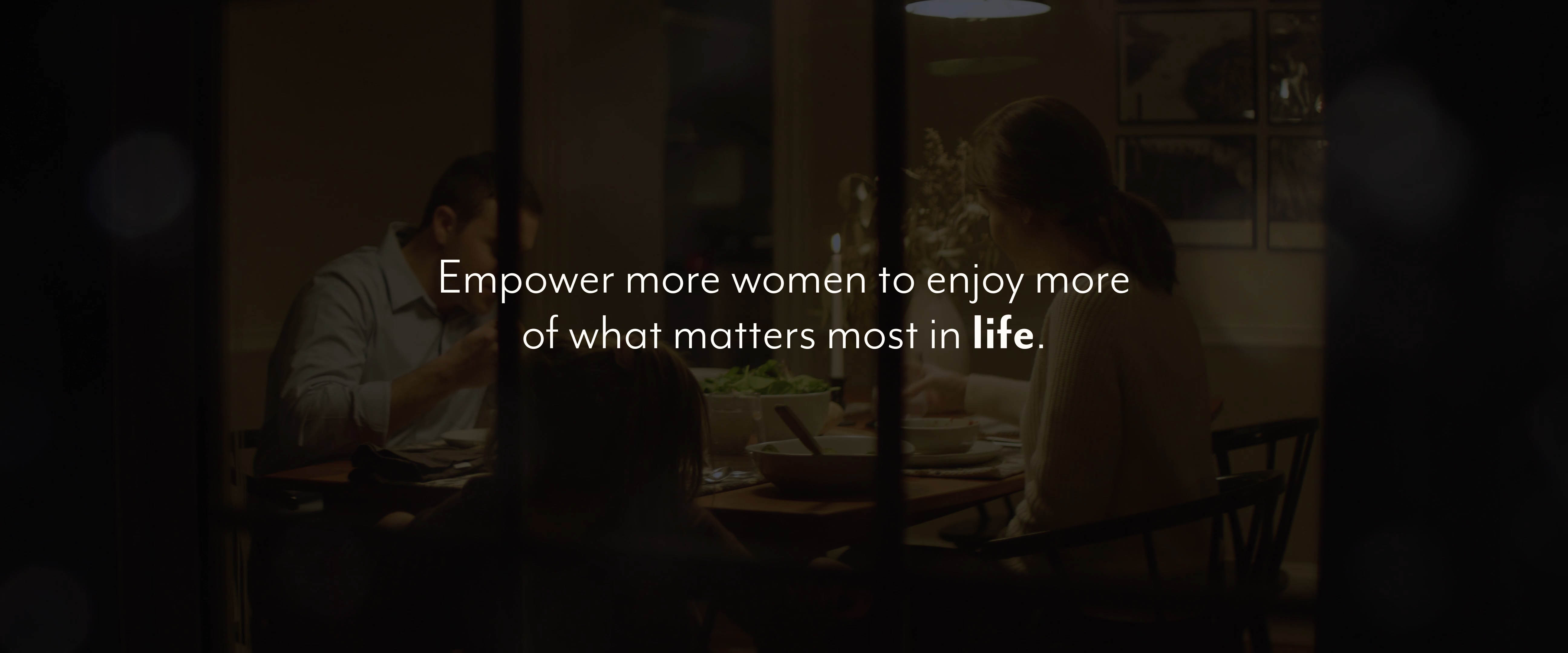
The choice of music was also very deliberate. Tension builds throughout the piece as we introduce the threat to our protagonist and that tension remains until she receives the call and is able to enjoy time with her family. The music expresses that consistent tension very nicely with an anxious, repetitive melody that continues to drive the story forward until it reaches resolution around the family table, when the mother is finally able to be present.
All-in-all, we’re super proud of what we were able to accomplish with this piece and are super thankful for our friends at Hologic who inspired and empowered us to tell a delightful, personal, mother-daughter story about their amazingly technical product.
If you’re looking for a video production partner who can help you tell your product’s story in a personal way, let us know, we’d love to lend a hand!

